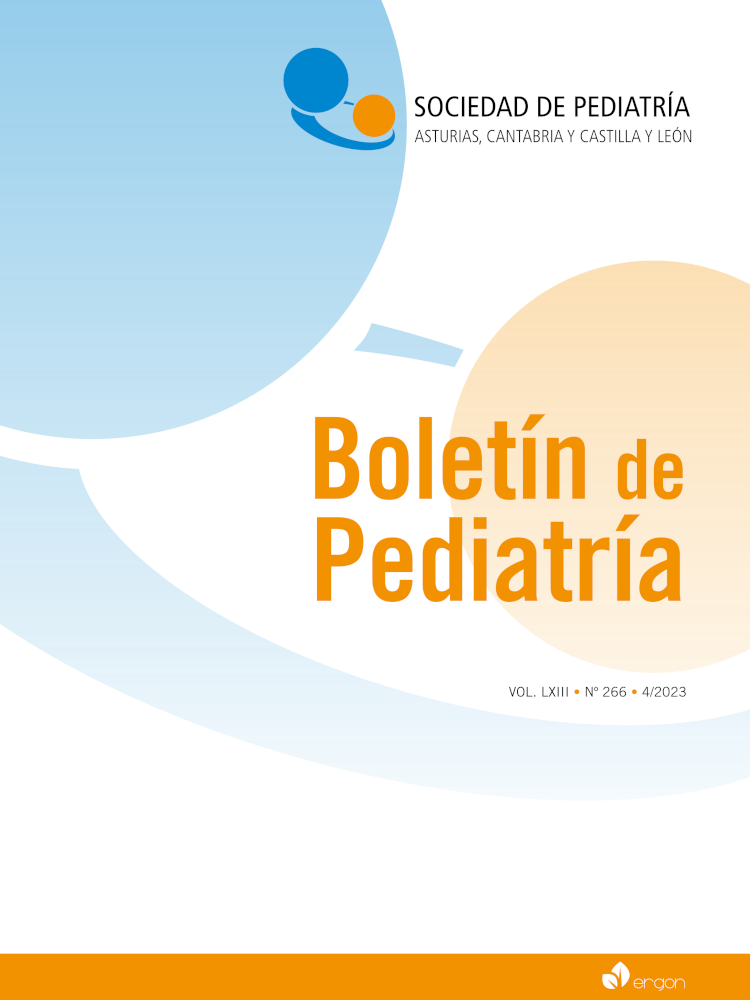Abstract
Introduction. Glucose-6-phosphate dehydrogenase deficiency is the most common enzymatic alteration at the erythrocyte level. The characteristic onset is a previously healthy patient in whom a hemolytic crisis is triggered by certain drugs, infections or foods. In this latter context, the clinical condition secondary to the ingestion of broad beans is known as favism.
Clinical case. A 23-month-old male presented with fever, jaundice and choluria. As a personal history of interest, the determination of a sickle cell trait in neonatal screening stands out. The blood test results are compatible with a non-immune hemolytic crisis, so the diagnostic hypothesis is established as a hemolytic anemia triggered by an infectious process in a patient with sickle cell trait. During their stay in the ward, the anamnesis is expanded, detecting at least one episode with similar but milder characteristics and by influencing the family diet, the intermittent intake of beans at least once a month is confirmed. Given the possibility of favism, genetic analysis is requested to confirm the diagnosis.
Conclusions. The complications of each patient’s underlying diseases often cause their pathologies, but this is not always the case. It is essential to carry out an

This work is licensed under a Creative Commons Attribution-NonCommercial 4.0 International License.
Copyright (c) 2023 Boletín de Pediatría
